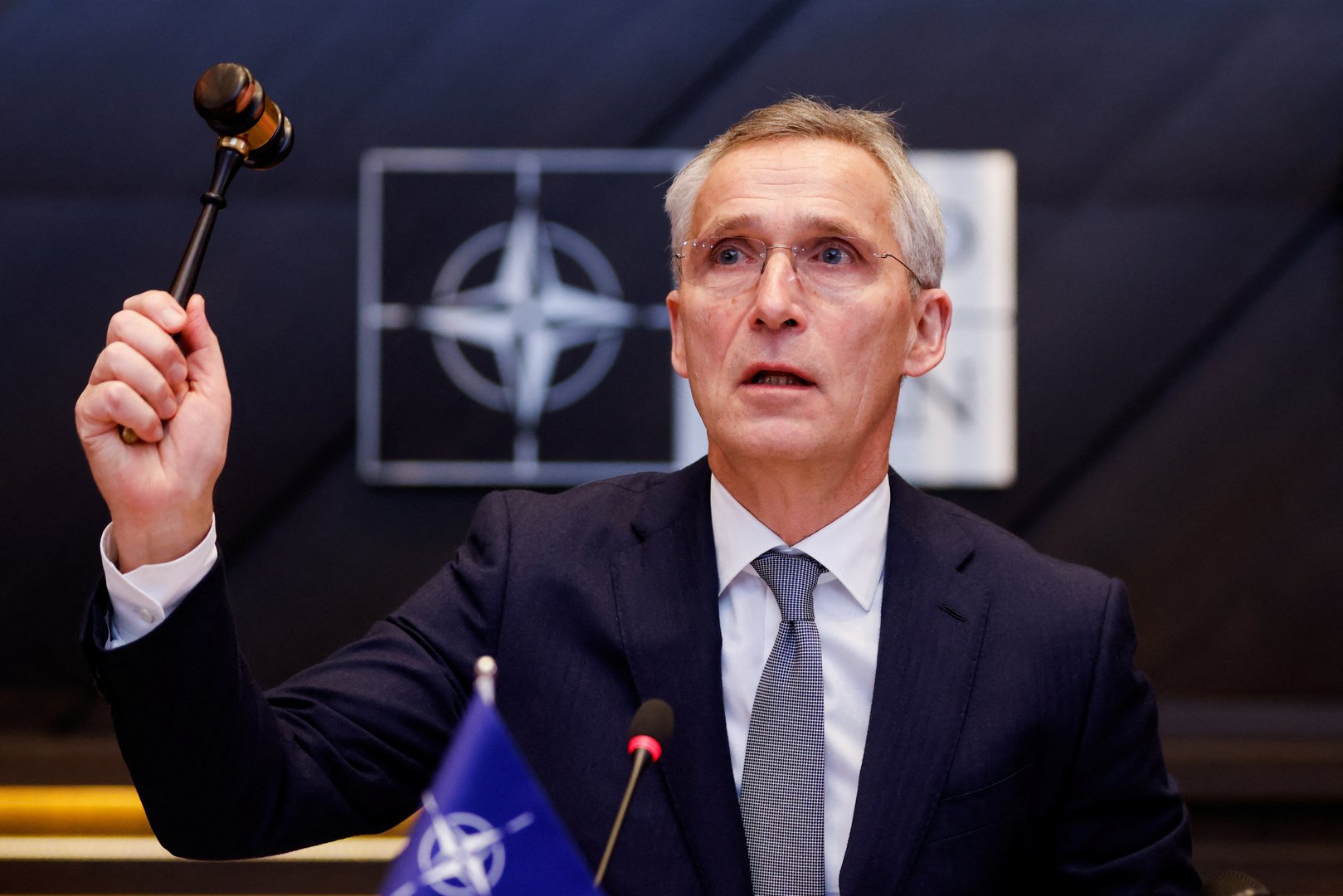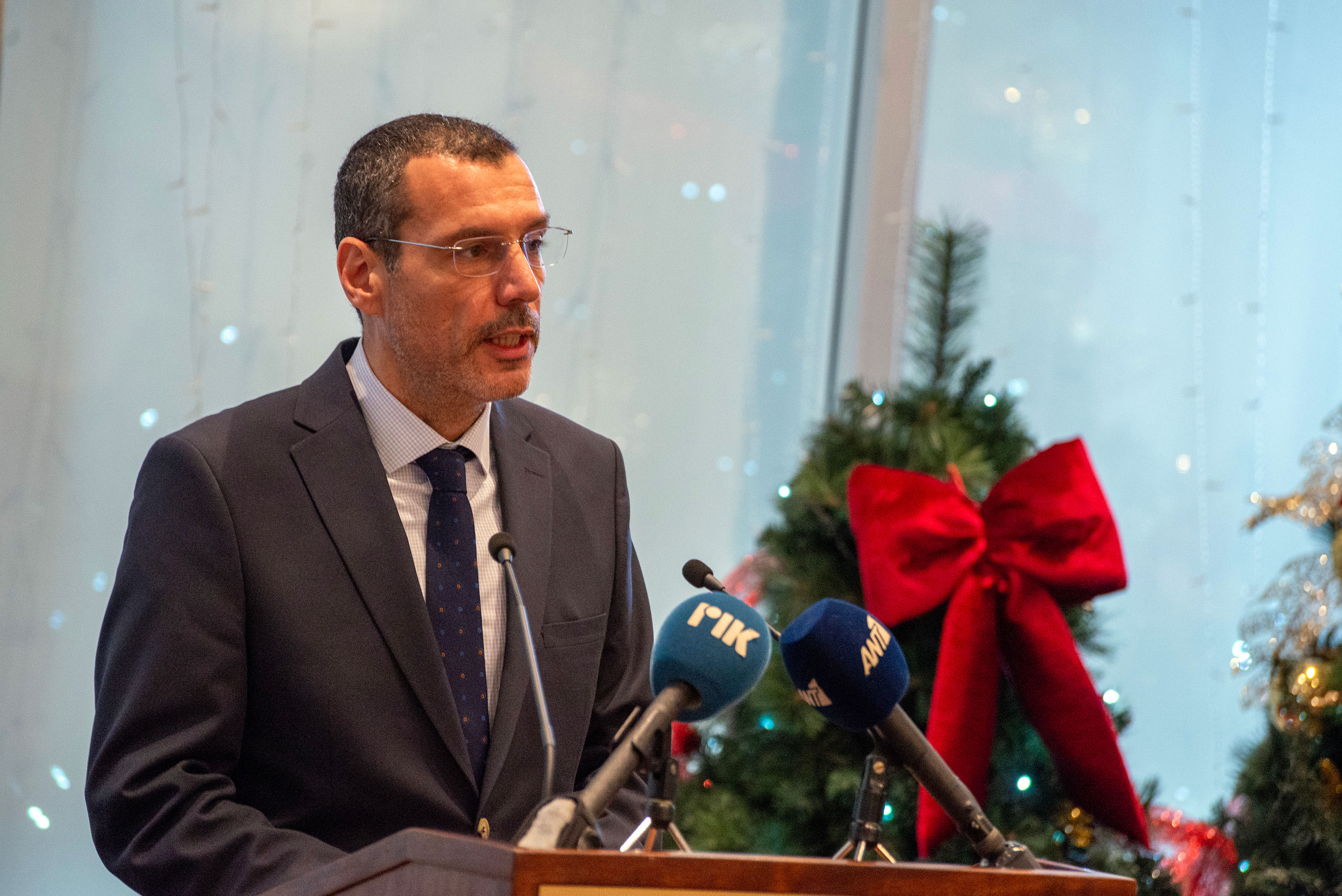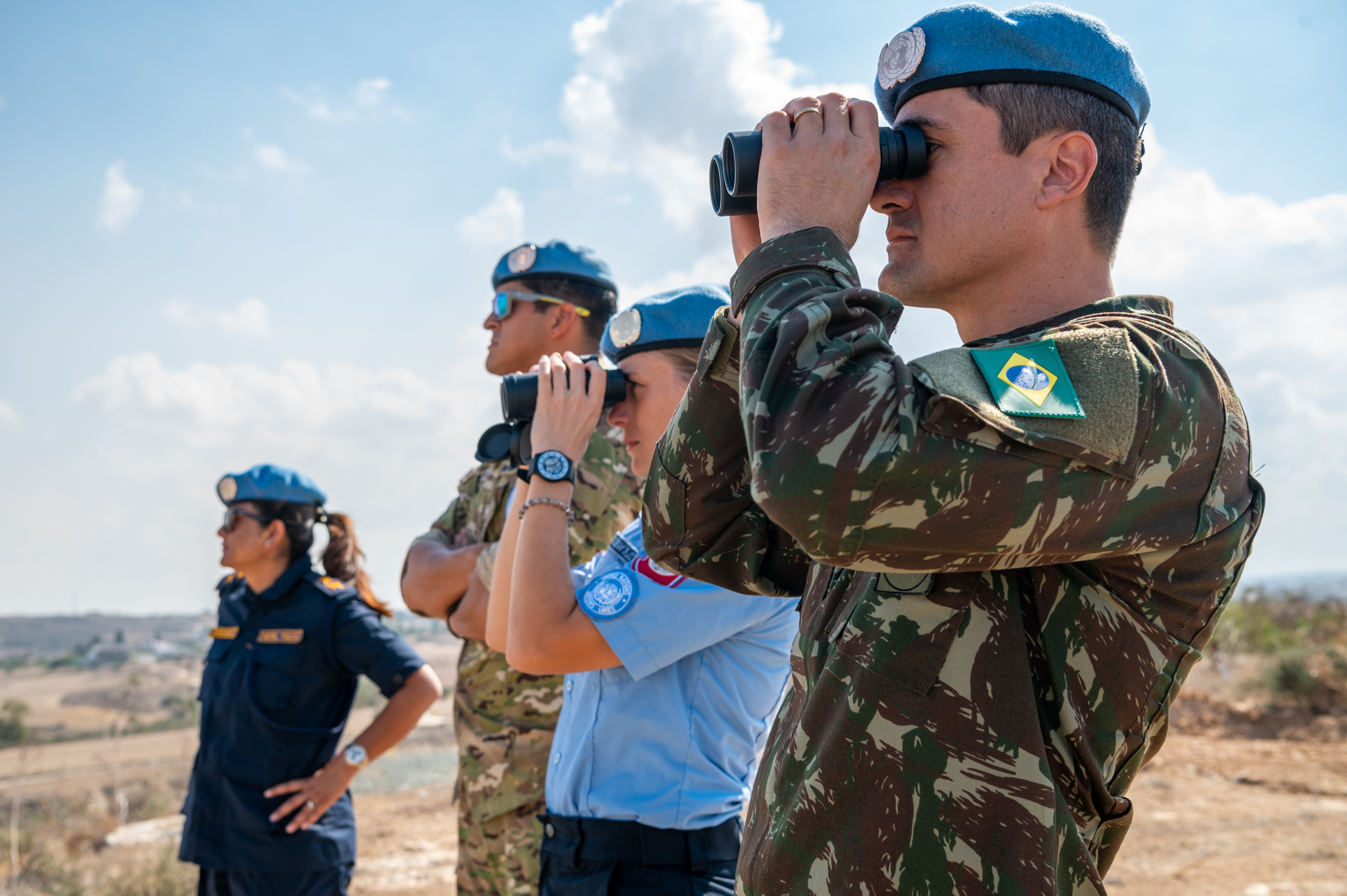NATO chief Jens Stoltenberg will ask allies to pledge a minimum of €40 billion ($43.37 billion) annually to fund military aid for Ukraine, an alliance source told Reuters on Thursday, as Nato foreign ministers gathered for talks in Prague.
He has not publicly proposed a figure before but Nato officials previously floated a sum of €100 billion over five years, or €20 billion annually.
With uncertainty over future US support for Ukraine lingering due to the possible return of Donald Trump to the White House, foreign ministers will on Friday discuss ways to put military aid for Ukraine on a more solid long-term footing.
The talks will focus on hammering out the details of a Ukraine support package, meant to be agreed at Nato’s Washington summit July 9-11, that will also include changes to the way weapons and ammunitions supplies are organised.
“We need to sustain that current level of support as a minimum to provide the predictability Ukraine needs, for as long as necessary,” the Nato source said, adding that allies had provided some €40 billion per year since Russia’s full-scale invasion of Ukraine in February 2022.
Germany’s Handelsblatt newspaper said earlier on Thursday, Stoltenberg was seeking a pledge of $40 billion per year.
Stoltenberg has proposed that Nato take on coordination of international military aid for Ukraine, giving the alliance a more direct role in the war against Russia’s invasion, while stopping well short of committing its own forces.
The Kremlin said on Thursday that the United States, Nato and some European countries were encouraging Ukraine to continue what it called Kyiv’s “senseless war” with Russia and accused them of escalating tensions in recent weeks.
Ukraine’s President Volodymyr Zelenskiy has repeatedly said Western allies are taking too long to make key decisions on military support for Ukraine.
Nato would take over coordination of arms donations and supplies from the US-led Ramstein group, an ad hoc coalition of some 50 nations named after a US air base in Germany where it first convened in 2022.
The move is widely seen as an effort to provide a degree of “Trump-proofing” by putting coordination under a Nato umbrella.
But diplomats acknowledge such a move would have limited effect, as the US is Nato’s dominant power and provides the majority of weaponry to Ukraine. So if Washington wanted to slash Western aid to Kyiv, it would still be able to do so.
Nato will also have to overcome resistance from Hungarian Prime Minister Viktor Orban, who has made clear his country will not take part in the new effort, arguing it brings the alliance closer to a catastrophic war with Russia.
The Nato ministers are also expected to address what is seen as the latest shift in Western support for Ukraine, with several allies lifting restrictions that banned Kyiv from using donated weapons to strike targets inside Russia – a move that Russian President Vladimir Putin has warned the West against.
As the US administration is weighing its position, Secretary of State Antony Blinken is certain to be quizzed by his counterparts in Prague on whether Washington will follow their example.
On Wednesday, he became the first administration official to signal that the US might be looking to change its stance.
“I think what you’ve seen over the last two-plus years is – as the nature of the battlefield has changed, as the locations, the means that Russia is employing have changed – we’ve adapted and adjusted to that,” Blinken said in Moldova.
“That’s exactly what we’ll do going forward,” he added.
Washington has been by far Kyiv’s biggest financial and military supporter since the start of Russia’s invasion of Ukraine in February but it has repeatedly said it neither encourages nor enables strikes outside Ukraine.







Click here to change your cookie preferences